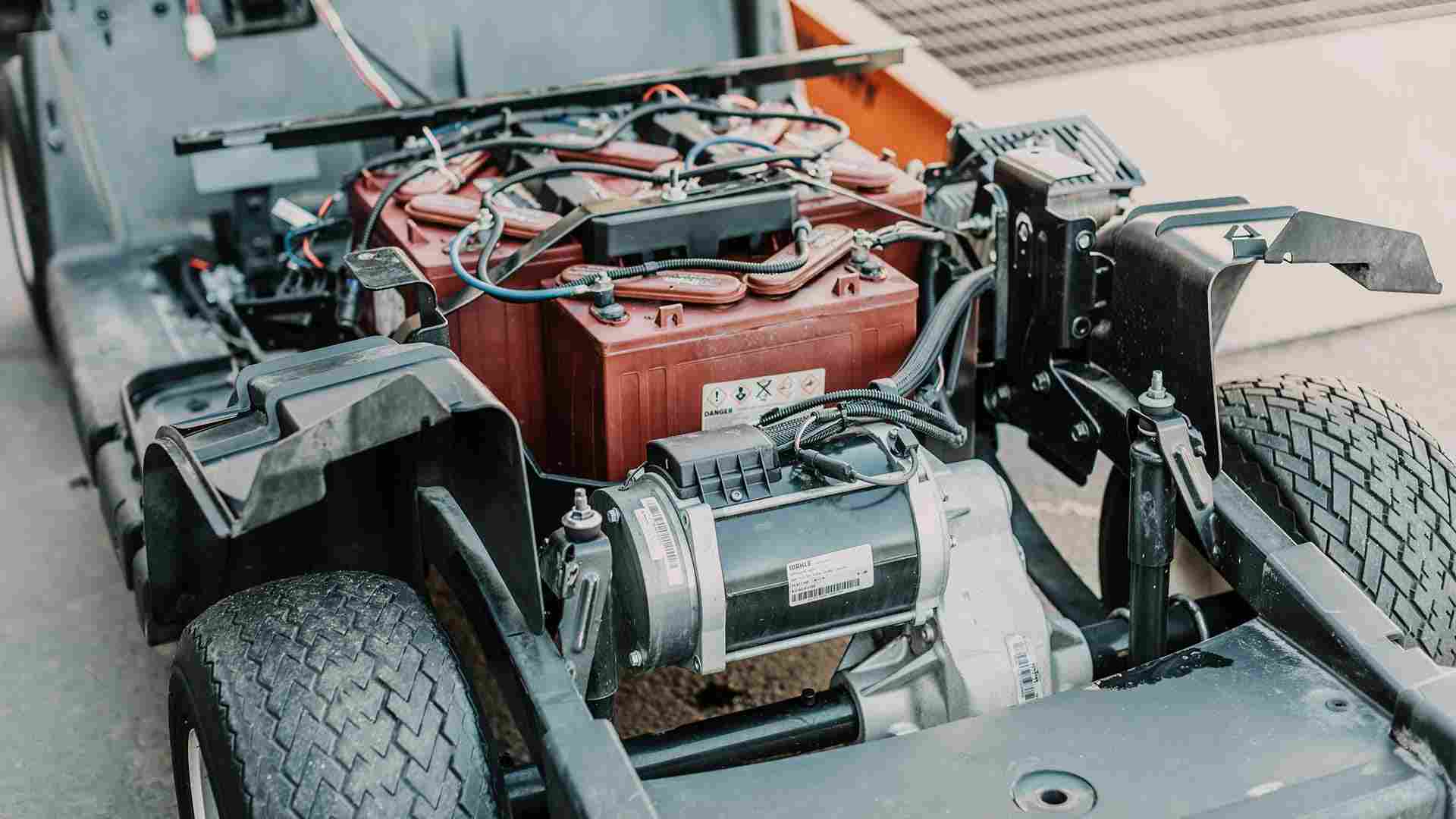-
Shopping Tools
-
Care & Maintenance
-
About
-
Dealer Login

Gas cart won’t start? Most no-starts come from basic issues in power, fuel, air, or spark. Use this step-by-step guide to pinpoint the fault fast and get rolling again.
A gasoline golf cart that refuses to fire usually has a simple root cause. Start with the fundamentals: battery state and connections, fuel delivery, clean air, and a strong spark. If those check out, move to switches, sensors, and mechanical items that keep the starter-generator and engine in sync. Below you’ll find clear, field-tested checks and a logical order to work through the problem.
Pop the seat, turn key ON, and press the pedal. If you hear nothing, begin here. Measure resting voltage (a healthy 12-V battery is ~12.6–12.8 V). While cranking, voltage shouldn’t collapse below ~10.5 V. Clean posts to bright metal, tighten clamps, and verify the frame/engine ground strap is intact. Inspect the main fuse, key switch continuity, and listen for a solid “click” at the solenoid. A glazed or slack starter-generator belt will spin without turning the engine—adjust belt tension and re-test.
Confirm fresh fuel and that the shutoff (if equipped) is open. Replace a brown/dirty in-line filter and check for air bubbles in the clear fuel line while cranking—no movement suggests a weak pulse pump or cracked vacuum line from the engine case. Drain the carb bowl to remove water; if the cart sat for months, varnish can hold the float needle shut. Clean the main jet, float, and bowl, then verify the choke flap moves freely. Remove the air filter and tap out dust; replace if soaked or collapsed.
Pull the plug, reconnect the wire, and ground the plug shell firmly to the engine. Crank and look for a strong blue snap about 6–8 mm. Weak or no spark? Install a fresh plug gapped to spec, inspect the boot for cracks, and trace the kill/ground wire from the ignition—shorts here silence the coil. If spark returns with the kill wire unplugged, a safety switch or harness section may be grounding the system.
Once power, fuel, air, and spark are confirmed, look at the controls that tell the engine how to start and idle:
Call a technician if you observe any of the following: repeated fuse blows, melted wiring, fuel leaks, or strong spark with good fuel yet zero combustion (possible timing or ignitor issue). Intermittent no-starts after long storage often require a full carb service and pump diaphragm replacement—jobs that are quick for a shop with the correct parts on hand.
Most no-start situations come down to the basics: adequate voltage, clean fuel, free-breathing air, and a healthy spark. Work in the order above, making one change at a time and retesting so you know what fixed it. If the cart still won’t cooperate after the fundamentals and linkage checks, it’s time for a deeper ignition or carburetor service at a trusted shop.
